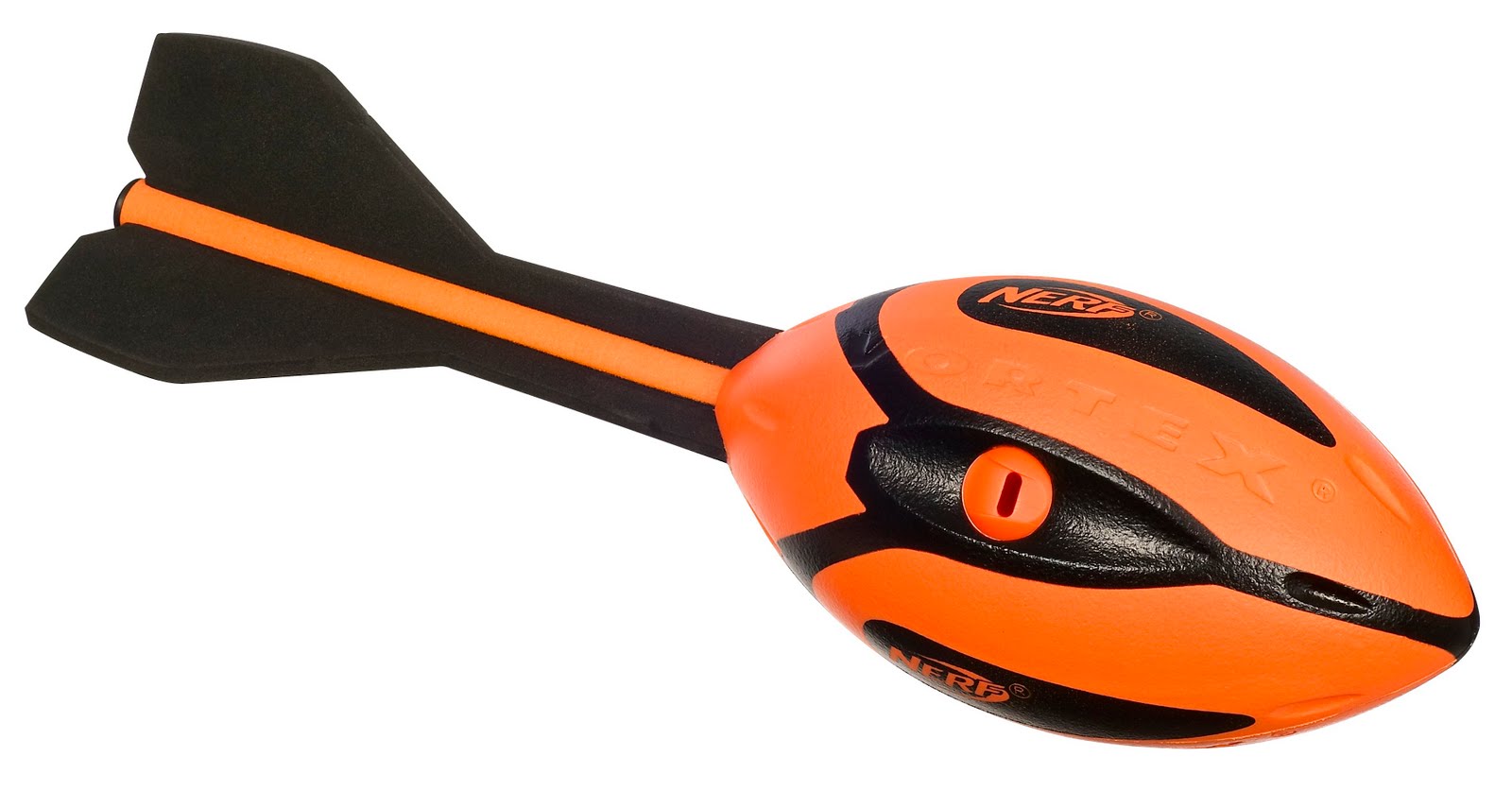The Athena3 DD flew at Saturday's TCC launch in Helm, CA on a full H motor, the Aerotech RMS 29/360 H268R-14A. This boosted the rocket to 2,550 Ft, with a maximum velocity of ~540 ft/sec. A little less altitude, but more velocity than the I200W flight. These are in good agreement with my Open Rocket simulation model.
I didn't bother drilling the delay as I've had too many of these 29mm reloads motor ejections fire early.
I also reduced the altimeter's drogue charge to 0.7g 4F and the motor backup drogue charge to 1.0g 4F. I did this in an effort to reduce internal pressure during drogue deployment, which will hopefully prevent the StratologgerCF Amplified Buzzer from being damaged again. (I've had 3 of them fail on this rocket already!).
I kept the altimeter's main parachute charge at 1.0g 4F since I've been making rather tight friction fits to prevent the nosecone from coming off during the shock from apogee ejection.
The flight was perfect.. straight up with a very high frequency whistle. The frequency is likely related to velocity, which was higher given this full H reload. Both the I200W and H268R flights had much higher frequency whistles. As the rocket slowed down, I could hear the frequency dropping.. however the rocket was getting too high/far away to hear well. For this reason, I like the 240 N-sec reloads better in this rocket. I have yet to try the lesser H reloads, the 180 N-sec variants. I suspect they will yield a lower frequency whistle.. and I hope it's even more audible that the whistle when flying the 240 N-sec reloads.
Here's what the StratologgerCF recorded for altitude:









